Q
When will the new model of Honda City be launched?
Since its initial launch in 1981, the Honda City has undergone several generations of updates in the global market. The version sold in Malaysia is locally adapted by Honda Malaysia according to the needs of the Southeast Asian market. The fifth - generation Honda City (chassis code GM6) currently on sale in Malaysia was released in February 2020 (officially launched in March 2020). It offers two powertrain options: a 1.5L i - VTEC naturally aspirated engine and a 1.5L e:HEV hybrid system. In August 2023, Honda also introduced a facelifted model (2024 model year), which features an updated grille design and an upgraded Honda SENSING safety technology.
It's worth noting that the first - generation City (AA/VF) was introduced as a three - door hatchback, while the second (GA2) and third (GM) generations gradually shifted towards a four - door sedan positioning, eventually becoming a popular choice for B - segment sedans in the Southeast Asian market today. Malaysian consumers can check the latest release information through the official Honda website or authorized dealers. It is also recommended to keep an eye on local auto shows (such as KLIMS) to get updates on new car launches.
Special Disclaimer: This content is published by users and does not represent the views or position of PCauto.
Related Q&A
Q
What segment does Honda City belong to?
Honda City belongs to the B-Segment vehicle category. It has a wheelbase of 2,600mm, which meets the standard for B-segment cars with a wheelbase ranging from 2,500mm to 2,700mm. Moreover, Honda City offers a comfortable seating space that can accommodate five passengers. Meanwhile, its safety features are also quite comprehensive, all of which match the characteristics of a B-segment car.
Additionally, in the local market over the past few years, as a non-domestic B-segment sedan with high sales volume, the Honda City has always been the brand's flagship model of Honda. Whether it's for daily city commuting or family trips, it can perform very well. It also fits the characteristics of B-segment cars in terms of market positioning and actual usage scenarios.
Q
What is the residual value of Honda City?
The residual value of the Honda Civic can vary significantly due to multiple factors, including the vehicle's age, mileage, overall condition, and the current state of the local used - car market.
Honda is a well - known and highly reputable brand in Malaysia. Generally speaking, since Honda is renowned for its reliability and relatively low maintenance costs, the Honda Civic has a better chance of retaining its value compared to some less well - known brands.
Newer Honda Civic models (such as the 2023 and 2024 versions) may have a relatively high residual value if they are in excellent condition and have low mileage. For example, if a 2023 Honda Civic 1.5 S was purchased for RM 84,900, after one to two years of moderate use (assuming normal wear and tear, no major accidents, and proper maintenance), according to market conditions, it may retain a large portion of its original value, perhaps 60% - 75% of the purchase price.
Older models, like those from 2018 - 2020, will have a lower residual value. The vehicle's age, potentially higher mileage, and the launch of new - generation models will all reduce their value in the used - car market. However, if these older models are well - maintained, they can still be sold at a reasonable price, possibly around 30% - 50% of their original purchase price.
Market demand also plays a crucial role. If there is high demand for used Honda Civics in Malaysia, the residual value will increase. On the contrary, if there is an oversupply of used cars in the market, the residual value may decrease.
Q
What's the engine displacement of Honda City?
The displacement of the Honda City ranges from 1498cc to 1499cc. It is equipped with a 1.5-liter DOHC i-VTEC in-line four-cylinder naturally aspirated gasoline engine. This configuration can provide the vehicle with a stable power output to meet the needs of daily driving. Take the 2023 Honda City as an example. Multiple vehicle models all use this displacement engine, paired with a CVT continuously variable transmission. The official combined fuel consumption is about 5.6L/100km, combining both power and fuel economy. In addition, there may be differences in engine tuning and configuration details among different model years of the Honda City, but the displacement remains at this level.
Q
What engine is equipped by Honda City?
There are various engines equipped by different models of Honda City. Commonly, it is equipped with a 1.5-liter DOHC i-VTEC inline-four naturally aspirated gasoline engine, which delivers an output power of 121 PS (119 hp/89 kW) and a peak torque of 145 Nm, paired with a CVT. Additionally, for example, the 2023 Honda City 1.5L e:HEV RS is HEV, adopting a naturally aspirated intake system. Its engine has a maximum horsepower of 98 PS, and the electric motor has a maximum horsepower of 108 PS. The engines of different model years and specific variants may vary in power, torque and other aspects. The application of engine technology results in different performances of the vehicles in power output and fuel economy, allowing consumers to make choices according to their needs.
Q
What is the gearbox type of Honda City?
The gearbox types of Honda Civic vary depending on the model and year. Most Honda Civic models are equipped with a continuously variable transmission (CVT). This gearbox achieves smooth gear - shifting through a continuously variable gear ratio. Compared with traditional transmissions, it reduces the sense of jerk and allows the engine to operate at its optimal condition, thereby improving fuel economy and the smoothness of power output.
All 2023 Honda Civic 1.5L gasoline - powered models (S/E/V/RS) are equipped with CVT.
The 2023 Civic 1.5L e:HEV RS hybrid model is equipped with an electronic continuously variable transmission (E - CVT). The motor and the engine work together to optimize acceleration smoothness and energy management efficiency.
Older models such as those from 2018 - 2022 also mainly use CVTs, striking a balance between driving comfort and fuel economy.
The characteristics of the CVT make it an ideal choice for urban commuting, especially for users who value smoothness and fuel savings.
Q
What is the pitch circle diameter of Honda City?
The pitch circle diameter of the Honda City is 4x100, which is the standard specification used for most models of Honda in Malaysia, applicable to the 5th generation (2014 - 2020) and 6th generation (2020 to present) models. This measurement indicates that the four bolt holes of the wheel hub are arranged on a circle with a diameter of 100 mm, making it compatible with popular local models such as the Proton Saga and Perodua Myvi, facilitating wheel hub replacement or upgrades for owners.
It is important to note that, in addition to PCD, other parameters such as the center bore (CB), offset value (ET), and wheel diameter must also be verified during modifications. For example, the factory-fitted tire sizes for the 6th-generation Honda City are 185/55 R16 or 195/55 R16 (depending on the variant). It is recommended to maintain specifications close to the original when replacing wheels to ensure the suspension system and odometer calibration remain unaffected.
To verify wheel hub data for specific model years, refer to the tire pressure label on the door frame or consult authorized dealers.
Q
Does Honda City support Apple Carplay?
Currently, the latest generation (the 6th generation, from 2020 to present) of the Honda City sold in Malaysia comes standard with Apple CarPlay functionality (which requires an iPhone to use). Mobile phone connectivity is achieved through the 7 - inch or 8 - inch touchscreen on the center console (depending on the vehicle model version). This feature supports core applications such as navigation, music playback, and message viewing, and can be operated via Siri voice control.
It's important to note that the entry - level S version is equipped with Bluetooth audio and a USB port but does not have a touchscreen, so it does not support CarPlay. On the other hand, the E, V, and RS versions are fully equipped with the intelligent connectivity system.
If users own an older 5th - generation (2014 - 2020) Honda City, they need to confirm whether it is equipped with the compatible DA intelligent screen system (some later minor facelift models support it). Earlier versions may require a post - sales upgrade of the head unit to expand this functionality.
It is recommended to check the specific configurations through the official Honda Malaysia website before purchasing a car, or directly visit an authorized dealer to experience the actual vehicle functions.
Q
What type of tire is equipped by Honda City?
In Malaysia, the original - equipped tire brands of the Honda City vary depending on different models and configurations. Currently, common tires include Yokohama BluEarth - GT (Yokohama), Bridgestone Turanza T005 (Bridgestone), and Continental UC6 (Continental), etc., specifically depending on the model version and production batch.
Taking the 2023 model as an example, the City RS version usually comes standard with Bridgestone Turanza T005 tires in the size of 195/55 R16, which focus on noise reduction and comfort. On the other hand, mid - and low - end models may use Yokohama or Continental tires.
The selection of original tires mainly consider energy efficiency, durability, and wet - weather performance, which is suitable for Malaysia's rainy climate. It is recommended that car owners try to choose brands with the same specifications and similar performance when replacing tires to ensure driving safety and optimal handling performance. To confirm the tire brand of your vehicle, you can check the markings on the tire sidewall or refer to the user manual.
Q
Is Honda City a good car?
The Honda City is a vehicle with many highlights but also some certain drawbacks. Its advantages are quite obvious. In terms of design, it has absorbed the essence of popular Honda models like the Accord and Civic. The exterior is stylish and can meet the aesthetic needs of young consumers. The appearance of some minor facelift models has been optimized. For example, the design of the bumper has been improved, and the combination of the taillights with the rear spoiler makes it look more sporty.
In addition, it has abundant interior configurations. It has an approporiare screen size and armrest design, which enhance the riding comfort and storage space. Some models will also be equipped with wireless CarPlay and a wireless mobile phone charging panel.
It has excellent fuel economy. For instance, the official combined fuel consumption of the 1.5 - liter naturally aspirated engine version is as low as 5.6L/100km, and the hybrid version is even lower, reaching 3.6L/100km. The safety configuration is also relatively comprehensive, with standard features such as ABS anti - lock brakes, vehicle stability control, and multiple airbags.
However, it also has its disadvantages. Some gasoline - powered models use a front disc and rear drum brake system, which may be slightly inferior in braking performance compared to the front and rear disc brakes. Most of the in - car seats are manually adjustable, lacking features such as electric adjustment, ventilation, and heating, so there is a lack in comfort - related configurations.
Q
What is the width of Honda City?
Currently, the body width of the Honda City (6th generation, from 2020 to present) in Malaysia is 1,748 millimeters. This width is a mainstream size among compact cars in the same class (such as the Toyota Vios and Nissan Almera), ensuring both in - car space comfort and good maneuverability during busy city driving. It should be noted that this data refers to the widest part of the car body, excluding the rear - view mirrors. If the width with the exterior rear - view mirrors unfolded is included, the total width is approximately 1,950 millimeters, which has a certain impact when entering or exiting narrow parking spaces or alleys. If you're considering buying or driving a Honda City, it's advisable to first experience whether its body size suits common parking spaces or road conditions in Malaysia, especially in traffic - congested areas like Kuala Lumpur.
Latest Q&A
Q
Is Challenger 2 seater or 4 seater?
As a classic American muscle car, the seating configuration of the Challenger depends on the specific model version. Take the Dodge Challenger, which is quite common in the Malaysian market, as an example. The standard version of this car features a 2+2 four-seat layout (two full-sized seats in the front row plus two smaller seats in the rear row). However, high-performance versions like the SRT Hellcat may remove the rear seats and adopt a pure two-seat design to reduce the vehicle's weight.
Malaysian consumers should note that there may be differences in the configurations of imported models with different production years and displacements. It is recommended to confirm the specific specifications through local authorized dealers.
It's worth noting that this type of American muscle car is a niche model in Malaysia. Its wide body size (with a length of over 5 meters) requires some adaptation when driving on local narrow roads. Nevertheless, the powerful sound of the V8 engine and its classic styling still attract many car enthusiasts.
If practicality is a major consideration, SUV models like the Durango from the same brand are more suitable for family use. On the other hand, the Challenger is more suitable for enthusiasts who pursue the American-style sentiment and the experience of straight-line acceleration.
Q
What are the disadvantages of a Dodge Challenger?
The Dodge Challenger, as a classic American muscle car, has unique charm in terms of power performance and design style. However, it also has some limitations in the Malaysian market. First of all, its large-displacement engines (such as the 5.7L or 6.4L HEMI) result in high fuel consumption. In an environment where fuel prices in Malaysia fluctuate greatly, this may increase the cost of use. At the same time, the emission standards may also face stricter compliance requirements. Secondly, with a length of over 5 meters and a relatively wide wheelbase, it has poor flexibility on narrow roads or in old-style parking lots in cities like Kuala Lumpur. It is not as convenient as compact cars for daily commuting. In terms of interior space, although the front row is spacious, the rear-seat legroom is relatively cramped, making it more suitable for two passengers. In addition, as an imported vehicle, its parts supply cycle is long and the maintenance cost is higher than that of locally assembled models. Also, special attention should be paid to the performance of the factory-configured summer tires on wet roads in Malaysia's rainy climate. It's worth noting that the suspension tuning of American muscle cars is on the stiffer side, which may affect comfort in some areas of Malaysia with poor road conditions. However, for car enthusiasts who pursue personalization and the sound of a V8 engine, these features may also be regarded as part of its unique charm. It is recommended that potential buyers weigh their needs according to their actual usage scenarios.
Q
Is a Challenger an everyday car?
As a classic American muscle car, the Dodge Challenger was originally designed with a greater emphasis on performance and driving pleasure rather than daily commuting. However, it can still be used as a daily vehicle in specific usage scenarios in Malaysia. This car is equipped with large-displacement HEMI V8 engines (such as the R/T or Hellcat versions), which offer powerful performance but come with high fuel consumption. It may not be very cost-effective in congested areas like Kuala Lumpur. Nevertheless, the 3.6L V6 version (such as the SXT) has relatively better fuel efficiency, making it more suitable for daily driving.
The chassis of the Challenger is tuned to be on the stiffer side, which is well-suited to the good highway conditions in Malaysia. But when it comes to the old urban roads, the ride comfort will be reduced. In terms of interior space, the four-seat design can meet the needs of small families, and the trunk has a volume of up to 462 liters, making it more practical than many sports cars.
It's worth noting that in Malaysia's hot climate, special attention should be paid to mechanical heat dissipation. Moreover, the right-hand-drive version can only be obtained through parallel imports, and the maintenance cost will be higher than that of ordinary Japanese cars. If you have a sufficient budget and prefer the American style, the unique styling and exhaust sound of the Challenger can definitely turn a lot of heads. However, if you're looking for practicality at the same price, you can also consider Japanese performance sedans or European hot hatches. When making a choice, it is recommended to weigh the actual commuting distance and road conditions. After all, the charm of a muscle car lies in unleashing its wildness rather than compromising for daily use.
Q
Are challengers fuel efficient?
As a classic American muscle car, fuel economy isn't the main selling point of the Dodge Challenger. Especially in the V6 or V8 engine versions commonly seen in the Malaysian market, the urban fuel consumption is about 12-15 liters per 100 kilometers, and it can drop to 9-11 liters per 100 kilometers during highway cruising. This is slightly higher compared to Japanese or European performance cars in the same class, but it aligns with its emphasis on large-displacement power output and retro design concept.
If you're considering fuel efficiency, you can focus on the SXT version equipped with a 3.6L Pentastar V6 engine, or choose options like the rear-axle differential and active exhaust to improve highway cruising efficiency. Malaysian consumers should note that this type of American car is more suitable for long-distance driving or for collectors. If you commute frequently and care about fuel consumption, you can also compare local popular hybrid models such as the Toyota Camry Hybrid or the Honda City RS, which can optimize fuel performance while maintaining power.
When making an actual choice, it's advisable to consider your own driving habits and fuel budget, and take a test drive to experience the unique driving feel and the charming engine roar of an American muscle car.
Q
Do challengers last long?
The Dodge Challenger, a classic American muscle car, performs quite reliably in terms of durability. Especially its V8 engine versions like the Hellcat or Demon, with their robust mechanical structures and mature powertrain technologies, can run for a long time under proper maintenance. The climate in Malaysia is hot and humid. It's recommended that car owners pay special attention to the regular inspection of the cooling system and rubber parts. Meanwhile, choose engine oil and coolant suitable for the tropical climate to extend the vehicle's lifespan. American cars generally focus on low-speed and high-torque tuning, which is suitable for the stop-and-go traffic conditions in Malaysia, but they consume relatively more fuel. If you're considering long-term ownership, it's advisable to check whether the local after-sales network is well-established and if the supply of spare parts is sufficient. In fact, the durability of any vehicle highly depends on maintenance habits. Regularly replacing key components such as the timing belt and transmission fluid is crucial. For users who love muscle cars but are worried about maintenance costs, they can also consider Japanese performance cars like the Toyota Supra or the Nissan Z series, as their adaptability in tropical regions has been proven over a longer period.
View MoreRelated News
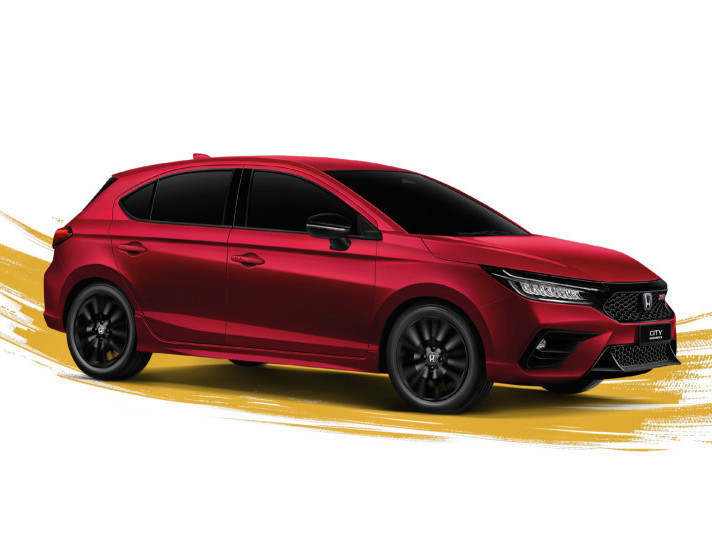
Honda City Hatchback Interior: Surprising Space Inside a Compact Body
WilliamJul 16, 2025
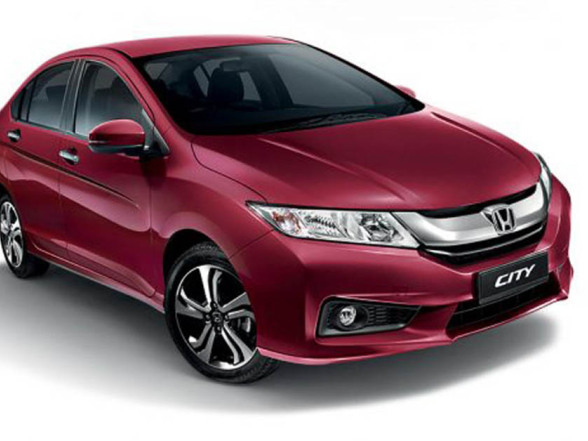
Should You Buy a Used Honda City GM6? – Get Idea Here!
RobertJun 23, 2025
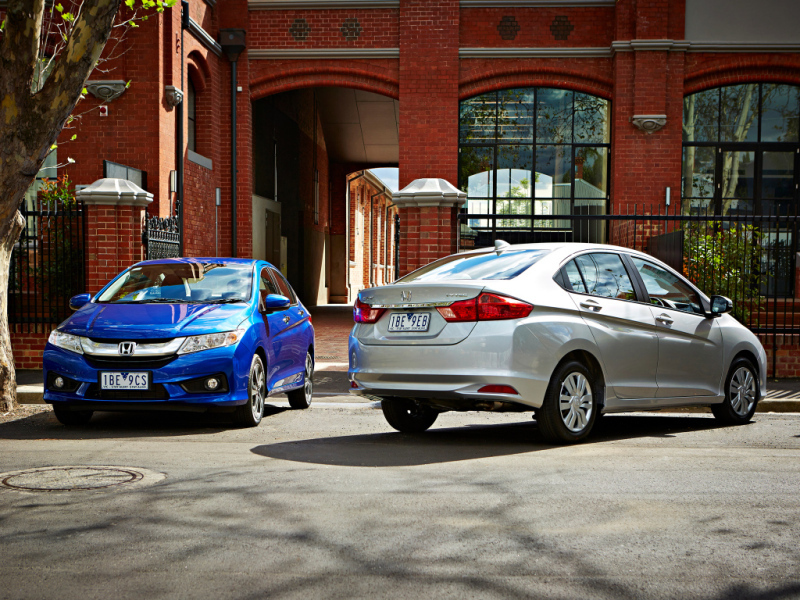
Is it worth buying a used Honda City GM7?
LienMar 7, 2025
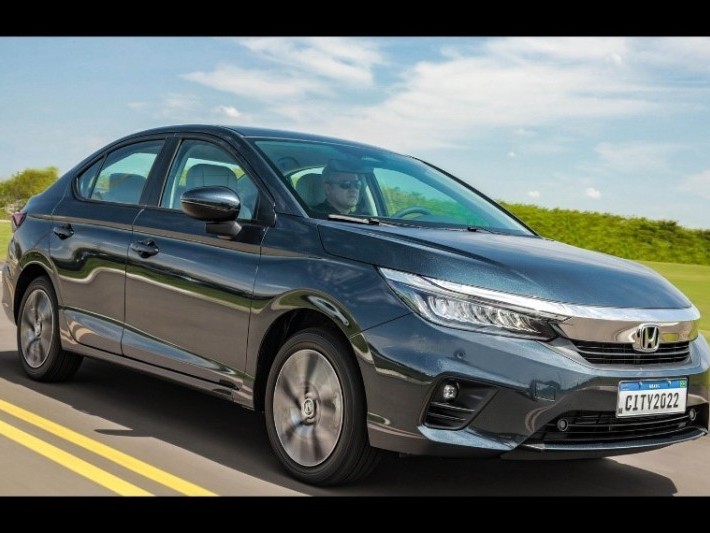
Limited to 99 units! Honda City SE Special Edition goes on sale, accused of clearing inventory?
LienSep 27, 2024
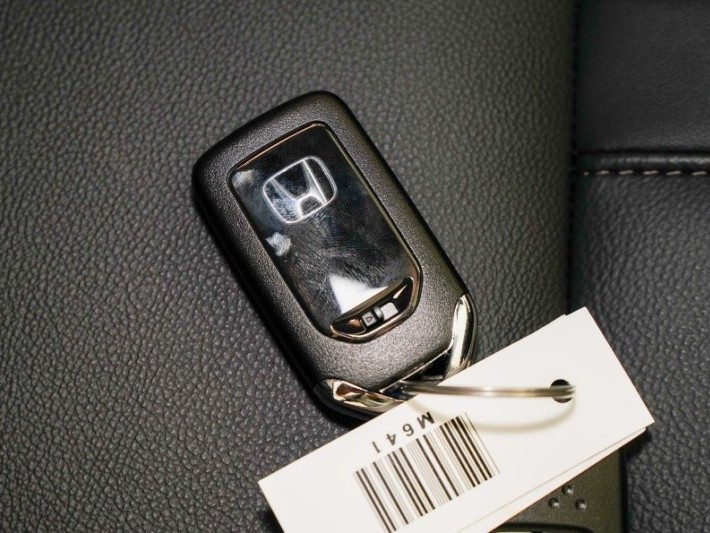
The cost of using Honda City revealed: How much does it actually cost to use for 5 years?
Kevin WongSep 19, 2024
View More












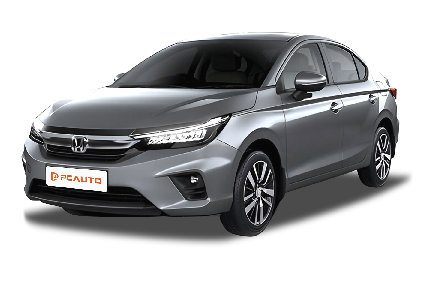
 Cars
Cars




Pros
Cons